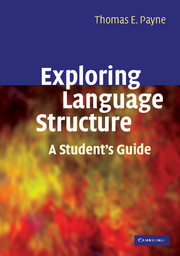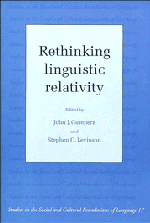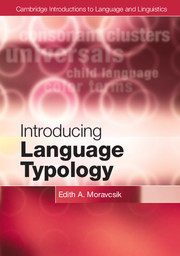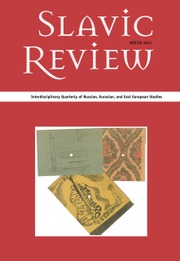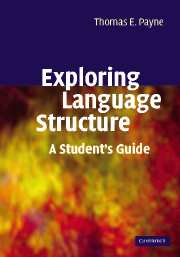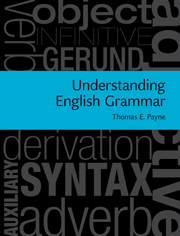Describing Morphosyntax
Current estimates are that around 3,000 of the 6,000 languages now spoken may become extinct during the next century. Some 4,000 of these existing languages have never been described, or described only inadequately. This book is a guide for linguistic fieldworkers who wish to write a description of the morphology and syntax of one of these many under-documented languages. It uses examples from many languages both well known and virtually unknown; it offers readers one possible outline for a grammatical description, with many questions designed to help them address the key topics. The appendices offer guidance on text and elicited data, and on sample reference grammars which readers might wish to consult.
- Only up-to-date textbook showing students how to do fieldwork
- Fieldwork of increasing importance in linguistics given the number of languages dying out
- Payne a noted researcher in this area
Product details
December 1997Paperback
9780521588058
430 pages
228 × 153 × 23 mm
0.593kg
17 tables 67 exercises
Available
Table of Contents
- Acknowledgments
- List of abbreviations
- Introduction
- 1. Demographic and ethnographic information
- 2. Morphological typology
- 3. Grammatical categories
- 4. Constituent order typology
- 5. Noun and noun-phrase operations
- 6. Predicate nominals and related constructions
- 7. Grammatical relations
- 8. Voice and valence adjusting operations
- 9. Other verb and veb-phrase operations
- 10. Pragmatically marked structures
- 11. Clause combinations
- 12. Conclusions: the language in use
- Appendices
- References
- Index of languages, language families, and language areas
- Subject index.



